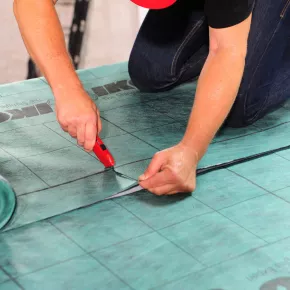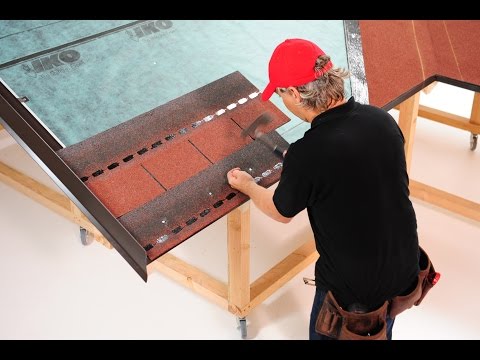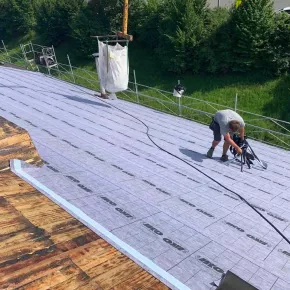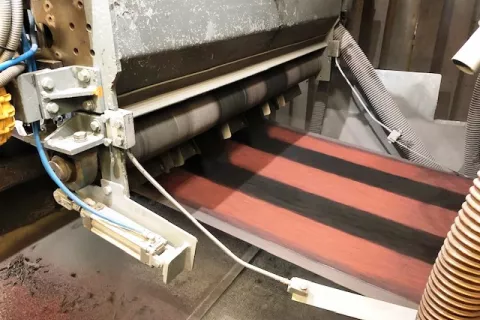Search
Search
1361 results were found.

The production of colored granules is basically a process where the blended stones with different sizes are coated with a combination of organic and/or inorganic pigments similar to paint. The pigment mixture, once applied to the stone, is baked on at high temperatures causing the pigment color to be fused to the stone in a ceramic process. The selection of the type and quantity of pigments utilized will determine the final appearance and color of the granules. Once the roofing granules are cooled, they undergo a rigorous set of tests to certify the quality and longevity of the product.

3. Iron content
A third but equally important characteristic is the degree of iron content found in stone. To be suitable a stone should have only a small amount of iron in its composition. This to prevent iron from leaking out from granules, which can lead to rust stains on a roof.

My gutter is filled with granules. Is there a problem with my shingles?
Not necessarily. An excessive amount of granules are applied during the shingle manufacturing process to make sure that the bitumen on the roofing sheet is completely covered. It is important to completely cover the sheet with granules so that the bitumen is not exposed to ultraviolet light. In accordance to the EN 544 the value of the loss of granules may not exceed 2,5 g (test procedure EN 12039). But IKO does better than that. IKO’s own maximum limited value is 1,2 g!

Controlling of granule drops behind the coater


